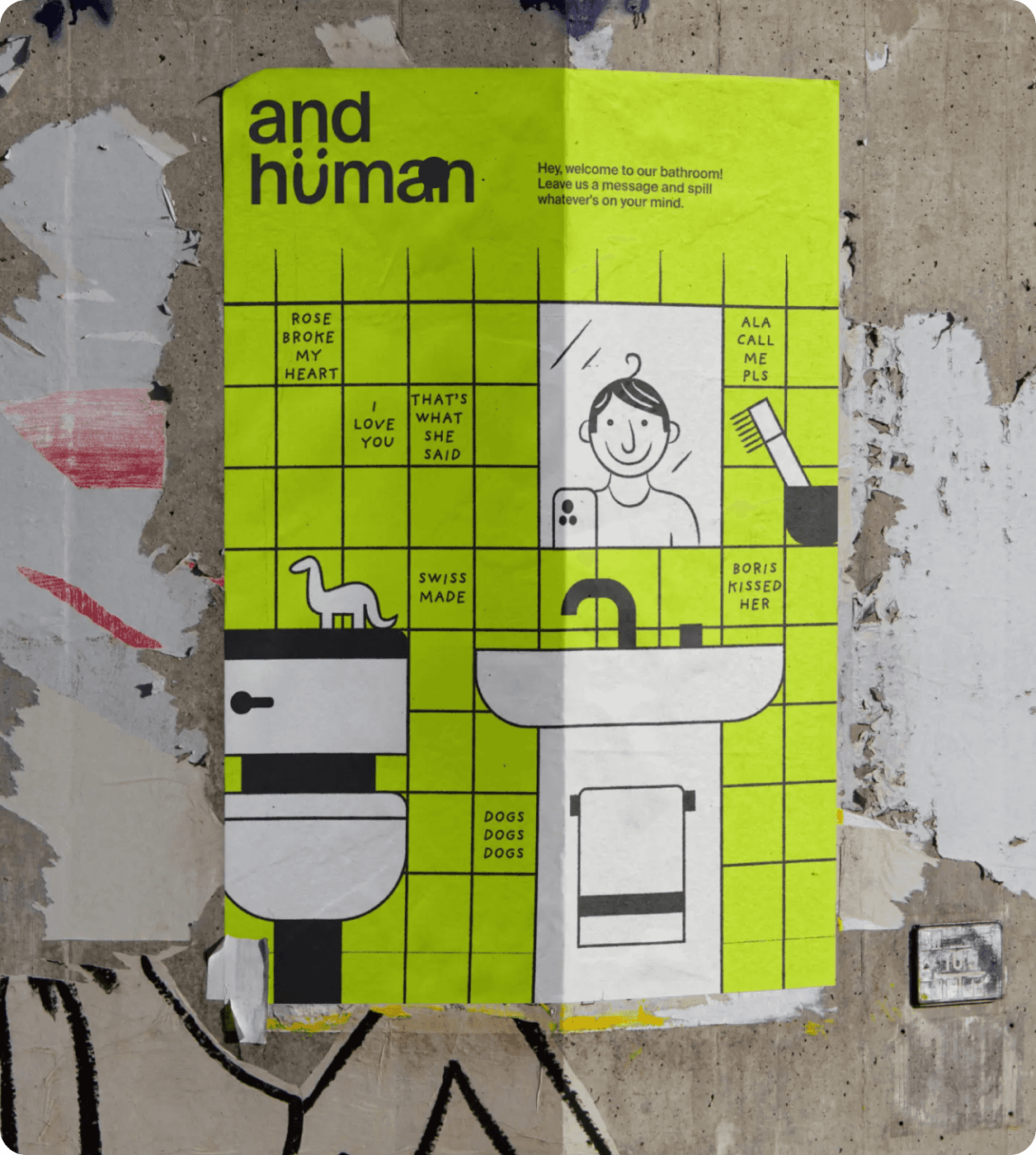
Project Title 3
What if we looked at brands as places for people to belong? How would that change the way we build them?
Year
2024
Client
Client Name
Industry
E-Commerce
Challenge
Unit test suites are a key part of effective software development and continuous integration, but creating them for legacy code is resource-intensive. Goldman Sachs aimed to efficiently boost legacy code coverage and allow engineering teams to refocus their efforts on the development of innovative, business-critical new features.
Solution
Goldman Sachs has a long history as a technology leader among global banks. The latest advance is the company’s use of Diffblue Cover, an AI-powered tool that enables the engineering teams to improve code quality and efficiency through the automatic generation of unit tests.
Results
Since starting the legacy modernization program using Diffblue Cover, the engineering teams have increased test coverage for the first batch of applications from 36% to 72% in less than 10% of the time it would take to do manually.* For some applications, this result was achievable in hours or days rather than years. Higher code coverage has also provided greater confidence in application stability when adding new code, improving the speed at which the engineering teams can deliver business value.
The Legacy Code Challenge
Unit tests—tests that confirm the functionality of individual units of code—are a small but critical part of the software development lifecycle. These fast, lightweight tests make it possible to track the connections between units of code so developers can write and refactor with confidence. When an organization has an automated suite of unit tests that covers all existing code, any new code a developer adds is immediately checked against the entire codebase, and the developer is alerted if their modifications cause any issues or breaking changes in the code’s behavior.
Achieving high code coverage (the percent of a codebase covered by unit tests) can make a big difference to continuous integration efforts, which depend on being able to tell right away if any unintended behavioral changes have been introduced.
High code coverage has been a longstanding challenge for Goldman Sachs and other banks with significant legacy software, most of which incorporate code that was written before unit testing became an established practice. Editing or adding to poorly documented legacy code without unit tests can result in unexpected bugs and headaches, but writing the required quantity of new unit tests is time- and labor-intensive. As a result, meeting unit testing goals and new feature development goals simultaneously can be an uphill battle.
In the 2018 book Accelerate: Building and Scaling High Performing Technology Organizations, authors Nicole Forsgren, Jez Humble and Gene Kim found a relationship with high software delivery performance and the use of automated testing, and Goldman Sachs has been automating the execution of their unit tests for years. Until recently, however, the technology did not exist for automating the writing of unit tests themselves, leaving organizations with only the option of using the manual efforts of internal or external development teams.
Goldman Sachs’ QAE Team
Goldman Sachs has a long history as a technology leader among global banks, and the Goldman Sachs Quality Assurance Engineering (QAE) team is responsible for empowering the company’s engineers to proactively deliver quality software and services. The processes put in place by the QAE team enable the early identification of quality gaps with low-touch controls across Goldman Sachs technology.
The QAE team has been working towards reaching industry best coverage levels. However, given the company’s large legacy estate and the volume of unit tests required to increase the average level of code coverage, the team had also been looking for ways to efficiently bolster productivity. Artificial intelligence (AI) was a natural avenue to explore.
The Legacy Code Challenge
Unit tests—tests that confirm the functionality of individual units of code—are a small but critical part of the software development lifecycle. These fast, lightweight tests make it possible to track the connections between units of code so developers can write and refactor with confidence. When an organization has an automated suite of unit tests that covers all existing code, any new code a developer adds is immediately checked against the entire codebase, and the developer is alerted if their modifications cause any issues or breaking changes in the code’s behavior.
Achieving high code coverage (the percent of a codebase covered by unit tests) can make a big difference to continuous integration efforts, which depend on being able to tell right away if any unintended behavioral changes have been introduced.
High code coverage has been a longstanding challenge for Goldman Sachs and other banks with significant legacy software, most of which incorporate code that was written before unit testing became an established practice. Editing or adding to poorly documented legacy code without unit tests can result in unexpected bugs and headaches, but writing the required quantity of new unit tests is time- and labor-intensive. As a result, meeting unit testing goals and new feature development goals simultaneously can be an uphill battle.
In the 2018 book Accelerate: Building and Scaling High Performing Technology Organizations, authors Nicole Forsgren, Jez Humble and Gene Kim found a relationship with high software delivery performance and the use of automated testing, and Goldman Sachs has been automating the execution of their unit tests for years. Until recently, however, the technology did not exist for automating the writing of unit tests themselves, leaving organizations with only the option of using the manual efforts of internal or external development teams.
Goldman Sachs’ QAE Team
Goldman Sachs has a long history as a technology leader among global banks, and the Goldman Sachs Quality Assurance Engineering (QAE) team is responsible for empowering the company’s engineers to proactively deliver quality software and services. The processes put in place by the QAE team enable the early identification of quality gaps with low-touch controls across Goldman Sachs technology.
The QAE team has been working towards reaching industry best coverage levels. However, given the company’s large legacy estate and the volume of unit tests required to increase the average level of code coverage, the team had also been looking for ways to efficiently bolster productivity. Artificial intelligence (AI) was a natural avenue to explore.

















